Uffizi: restored architectural surfaces and murals of San Pier Scheraggio
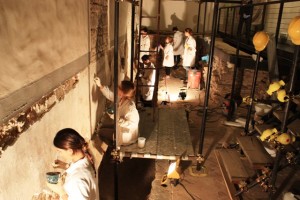 An extraordinary laboratory-school within the complex of the Uffizi Vasari for a selected group of students of restoration of the training course for the restoration of architectural surfaces and wall paintings of the former church of San Piero in Scheraggio, organized by the Building School of Florence and who was involved a group of young students of the Florentine.
An extraordinary laboratory-school within the complex of the Uffizi Vasari for a selected group of students of restoration of the training course for the restoration of architectural surfaces and wall paintings of the former church of San Piero in Scheraggio, organized by the Building School of Florence and who was involved a group of young students of the Florentine.
That began last September, the course was able to complete the recovery of the decorative elements of the original walls of the former church of Romanesque, successivamente inglobata dal Vasari nella costruzione degli Uffizi.
With the scientific direction of Daniela Relatives, Director of the Department of the Middle Ages and early Renaissance painting Uffizi, and Antonio Godoli, Director of the department of architecture of the Uffizi, and under the direct responsibility of a skilled restorer and expert as Laura Lucioli, within four months the students have learned, applying them successfully, theories and techniques of restoration of this type of architectural structures decorated.
The organization of this course has been possible thanks to the economic contribution of the Chamber of Commerce of Florence and the availability of the Museums of Florence in the provision of local.
"It was - says the Interim Superintendent of Florentine Museums, Alessandra Marino - a nice opportunity to commitment because it was an opportunity to return the deposits of the Pitti Palace in San Pier Scheraggio the fresco with the figure of a saint off more than fifty years ago by one of the columns you see Via della Ninna and was temporarily relocated within the church, thus constituting an opportunity for rethinking his next and final position ".
"At the conclusion of the laboratory in what was the right aisle of St. Peter Scheraggio - adds the director of the Uffizi Gallery, Antonio Natali - reiterate the conviction expressed when it was offered to me. That is to say that the formation of restorers and craftsmen for Florence represents an indispensable investment for its future. I can tell after so many interventions in the historical rooms of the Uffizi; interventions happily made just for the high specialization of the actors involved. That Florentine is an ancient tradition and noble, that must be kept alive ".
"The Building School of Florence has been active for more than 50 years in the field of training in the building industry with emphasis in the training of restorers of architectural heritage - said Head of the School Building in Florence, Alessandro Alfaioli - and all courses are subject to public property through a series of conventions that allow us to play within buildings owned by the Superintendency. These laboratories may be identified from time to time, as in this case, or permanent as the one inside the Villa Medici Petraia where the courses take place restoration of the furniture and paintings. Our aim is to give young fans the opportunity to grow and develop on the cultural heritage unique in the world, enjoying a rare privilege. On the other hand it is equally important to our school, expression of labor unions and employers of ANCE, offer them real opportunities to enter the world of work. It is a lofty goal and perhaps very complex in this economic time but from which we want to subtract by virtue of our own nature ".
"Although now reduced to a few fragments - said Daniela Relatives - the renovated wall paintings testify to the importance that the church of San Pier Scheraggio, officiated until the late eighteenth century, had in medieval religious life and civic Florentine, hosting among other meetings of the priors of Arts before the construction of Palazzo Vecchio. The curtain present along the wall that originally closed the right aisle of the church seems to date back to the thirteenth century, as early as the first half of the next century are referable frescoes with St. Francis and a holy martyr depicted on columns, attesting to the splendor that was to characterize the decorative building ".
"If it were needed - recalls Antonio Godoli - this is a nice demonstration that the Romanesque architecture was 'skinned' of his painted plaster, how often reminds Antonio Paolucci ".
"It was a very rich practice - concludes the restorer Laura Lucioli - during which the boys have been able to work on a series of materials and different situations conservative among them. Siamo partiti con interventi sul paramento lapideo e in laterizio, per poi intervenire sugli intonaci antichi e concludere con l’affresco e l’affresco staccato”.
The course has provided theoretical and practical lessons with a particular attention to the activities of dusting surfaces, pre-consolidation of portions decoese plaster, stone and fresco, removal of unsuitable materials due to old restorations, comparative tests of cleaning equipment for the method most suitable for the restoration of the surfaces, Surface cleaning by chemical means, physical and mechanical, consolidation on the back of the plaster and the frescoes, consolidation of the stone surface and brick, grouting the fractured zones, damaged or missing of all the materials, chromatic reintegration of painted surfaces and application of different ways of returning aesthetics of a surface of old plaster.
During the intervention was also recovered and relocated within San Pier Scheraggio the detached fresco by Amedeo Benini by a column of Via della Ninna, already placed on a column in the wooden structure that makes the support and that the 1957 giaceva nei depositi di Palazzo Pitti. The restoration that has developed in the premises on the ground floor of the prestigious site saw the setting up of a construction site with scaffolding and temporary restoration necessary preparations, aimed not only to the restoration to the spread of the culture of safety. To young students were taught the basics of good practice in the field of security for Building School are prioritized approach to the world of work in all its ramifications.
Students who attended the course were eight-restoration, seven girls and a boy – Andreea Carmina Bardazzi, Gharika Binazzi, Svetlana Cozzi, Laura Fillets, Chiara Manfriani, Stefania Nicolamme, Lucia Ricci e Valentina Santoro – tutti di nazionalità italiana e di età compresa tra 20 and 29 years.
The hours of training were 360, in almost all of the laboratory at the Uffizi, and in addition to the practical lessons, young students have also received information of law on safety at construction sites.
Michael Lattanzi
By the number 48 - Year II 21/01/2015

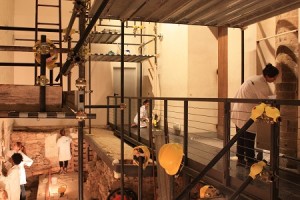
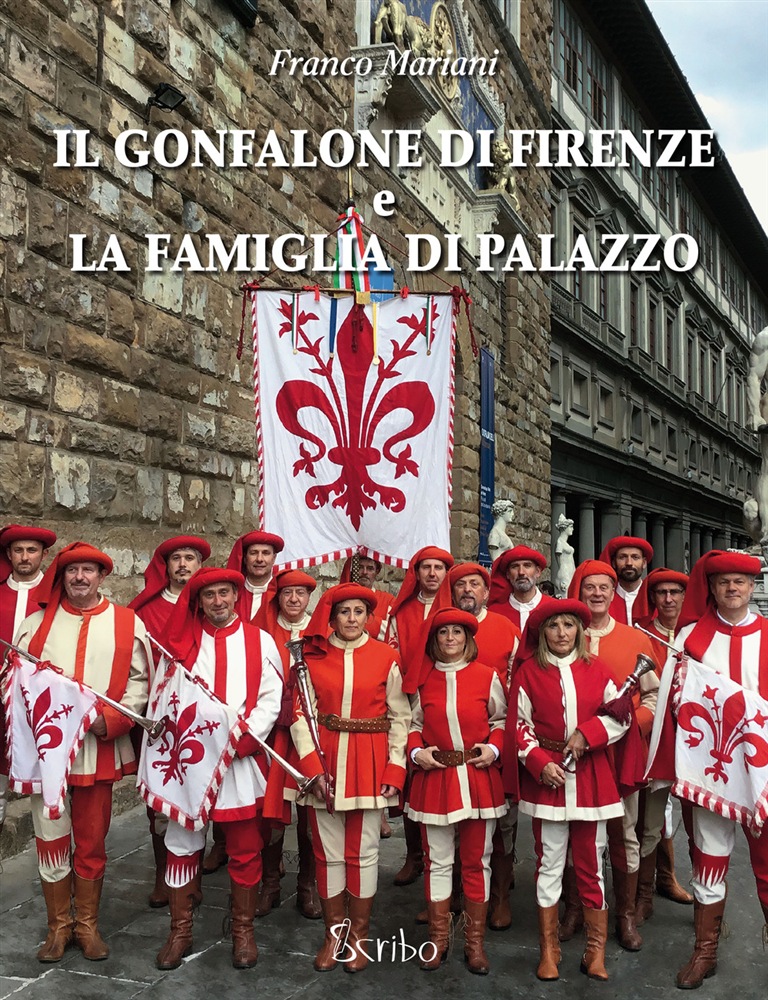

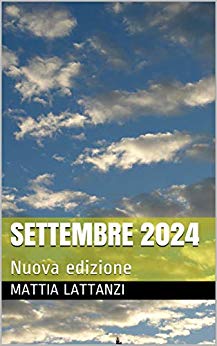


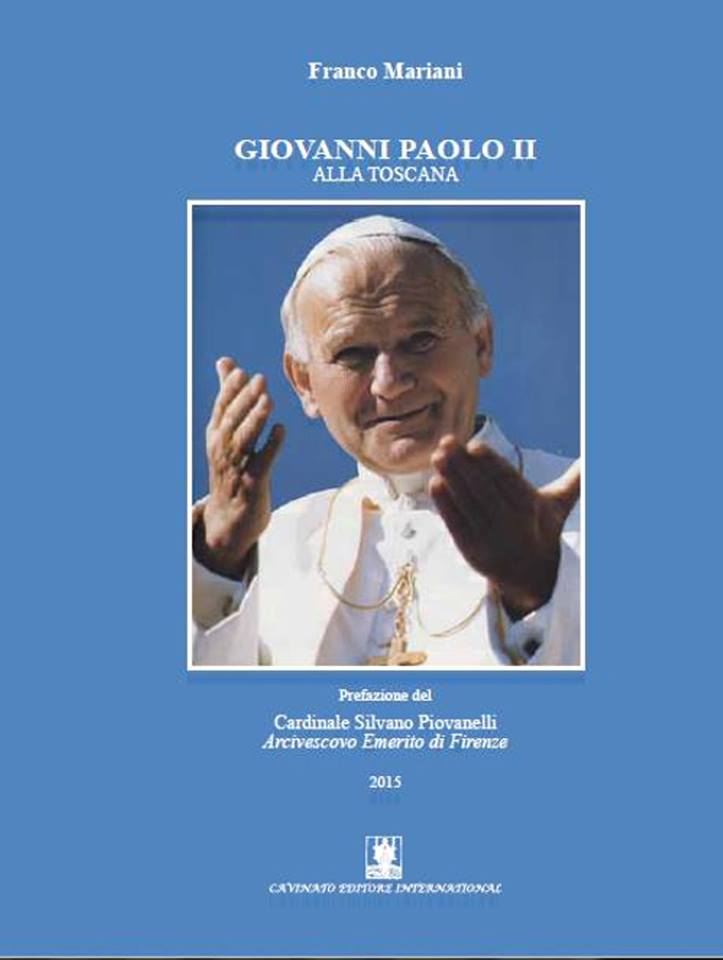
Follow Us!